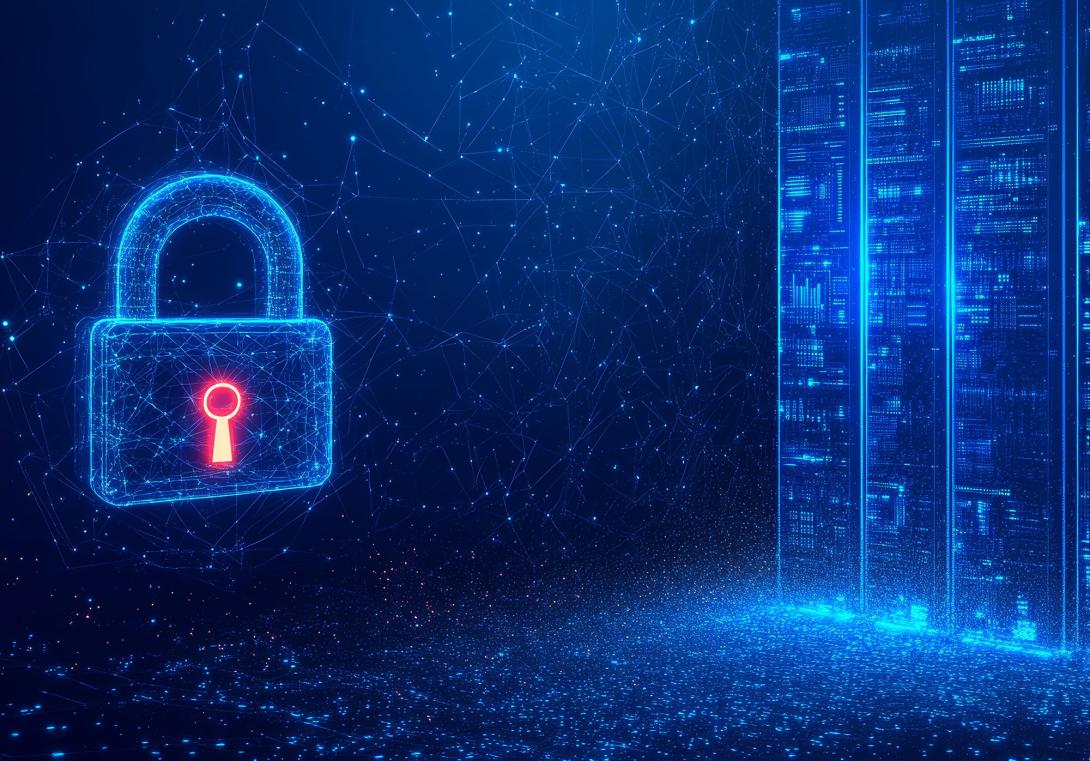On Point: Q&A With Harry Wingo
What is your initial response to the Executive Order (EO), Restoring Common Sense to Federal Procurement?
I’m encouraged by the goal of the procurement EO and hopeful that it streamlines federal acquisition. Eliminating unnecessary aspects of the federal acquisition regulation could simplify agency acquisition of cybersecurity solutions.
Emphasizing commercially available products might favor established solutions, potentially increasing demand for nimble, innovative small companies. However, increased scrutiny of cost-effectiveness will require contractors to demonstrate clear returns on investment and value propositions—a good thing.
These changes prioritize adaptability and delivering efficient, high-quality services to meet evolving needs. This is more important as the United States and our allies face increasing challenges in cyberspace.
What will it mean for warfighters and contractors?
A better, faster, smarter acquisition process ideally provides warfighters what they need at the speed of relevance. Gone are the times when systems can be developed over several years and go decades with only incremental change.
Use of autonomous weapons in Ukraine underscores the pace at which modern warfare evolves and the impact of emerging technology on warfighting.
Making the procurement process leaner and focusing on the core results intended by Congress, hopefully, enhances lethality for those who defend the nation.
How can the United States enhance cybersecurity?Based on lessons learned from the Salt and Flax Typhoon, it’s clear that the People’s Republic of China actively works to position itself within U.S. and allied critical infrastructure. To counter this, the government needs to take decisive action, including contracting with the most capable, industry-leading teams to further empower government personnel to conduct inherently government cyber activities.
This includes strengthening critical infrastructure defenses, improving threat detection and information sharing, and establishing clear consequences for malicious cyber activity. A proactive approach is essential to deter attacks and protect national security interests. It is crucial to address vulnerabilities immediately to safeguard against potential disruptions and maintain the integrity of vital systems. I underscore the need for a “hunt forward” mindset to effectively protect cyberspace.
What do you recommend for boosting U.S. innovation?
A focused approach mirroring proactive cybersecurity is vital. Just as robust cyber defenses require a clear strategy, fostering innovation demands a similar commitment.
This includes public communication highlighting innovation’s importance for economic growth and national security, alongside a comprehensive strategy with increased research and development investment, streamlined regulations and stronger collaboration. Recognizing the government’s role as the largest buyer, the recent EO promises to remove unnecessary regulations hindering efficiency and creating barriers for the private sector.
Simplifying procurement can enhance agility and effectiveness, encourage broader participation and support the national and defense industrial bases, aligning with the goal of cultivating an even more capable and cost-effective cyber defense industrial base.
Where do you see areas of growth for Circadence?
Circadence Corporation is securely leveraging automation to enhance its mature, high-fidelity cyber ranges. With trustworthy AI, we can increasingly personalize learning, adapt scenarios and feedback to individual skill levels and team dynamics, and design and deploy ranges at substantially less cost and at greater speed. This allows for more efficient skill development and targeted improvement in areas tailored to specific mission needs. Furthermore, AI-assisted cyber training can create more timely, realistic and dynamic defense and attack simulations, enhancing the learning experience by exposing users to a wider range of sophisticated cyber threats. Automating assessment and providing deeper insights into learning patterns offers more effective and impactful training solutions for individuals, enterprises and government agencies, ultimately strengthening our nation’s cyber defenses.





Comments